I’m happy to say that Art and I did a good bit of traveling in the last half of 2021. We traveled domestically and internationally. Our modes of travel included car, plane, and cruise ship. I’ll admit it takes a bit of effort but traveling with COVID restrictions is possible.
Domestic Travel
We didn’t find it challenging to travel domestically within the US. The most significant difference was that many of the fast-food restaurants we would generally have stopped at for bathroom breaks and a beverage were often drive-through only. As a result, we learned to look for rest stops along the freeway and took advantage of them.
I don’t know how long this will be an issue. Some of our local fast-food restaurants have gone from drive-through only to being open, only to return to drive-through again. The issue seems to be they can’t get enough workers to staff the dining rooms. I think this will continue to be a problem for a while.
Masking/Vaccination Requirements
Of course, each state has individual requirements as far as masking goes. Your best bet is to have a mask available at any time. If you are traveling for any length of time, take a good supply of disposable masks. If using reusable masks, take a couple so you can rotate them between washes.
As for vaccinations, I am not aware that any state in the US requires vaccinations. However, some venues or events require proof of vaccination to enter. Take your card with you.
Domestic travel might be the better bet if you are not up for all the testing and uncertainties but really want to travel.
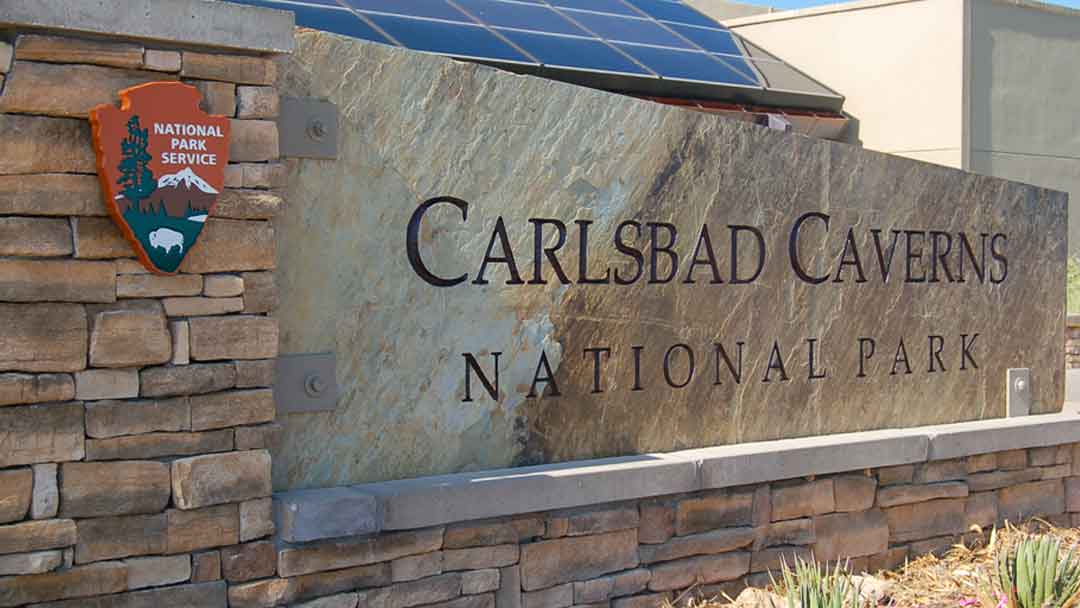
US National Parks
Since the rise of COVID, our US National Parks System has seen a dramatic increase in the number of visitors. If you are thinking about traveling to one of our many National Parks, here’s a tip: Check out the NPS website to learn of restrictions at the parks while planning your trip.
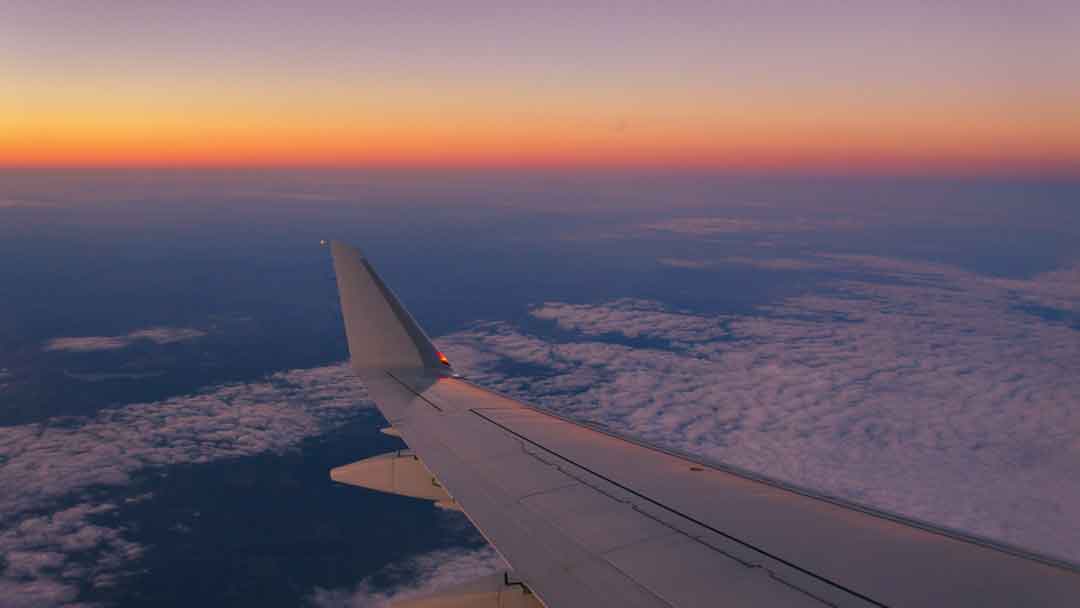
Flying
Masks are required to fly domestically as well as internationally. If you can’t (or don’t want to) wear a mask for the duration of your flight, then don’t fly. Period. End of story. That sounds harsh, but it’s the rule, just like no smoking on a plane. I doubt we will see this requirement lifted anytime soon. And yes, 15 hours was a long time to wear a mask, but I survived it, and you will too.
International Travel
Traveling with COVID restrictions gets a bit trickier when traveling internationally. Before you even book a flight to another country, check the requirements for entering. In addition to having proof of citizenship, there could be COVID vaccination and testing requirements in addition to completing online forms. Also, don’t forget to learn the COVID requirements to return home.
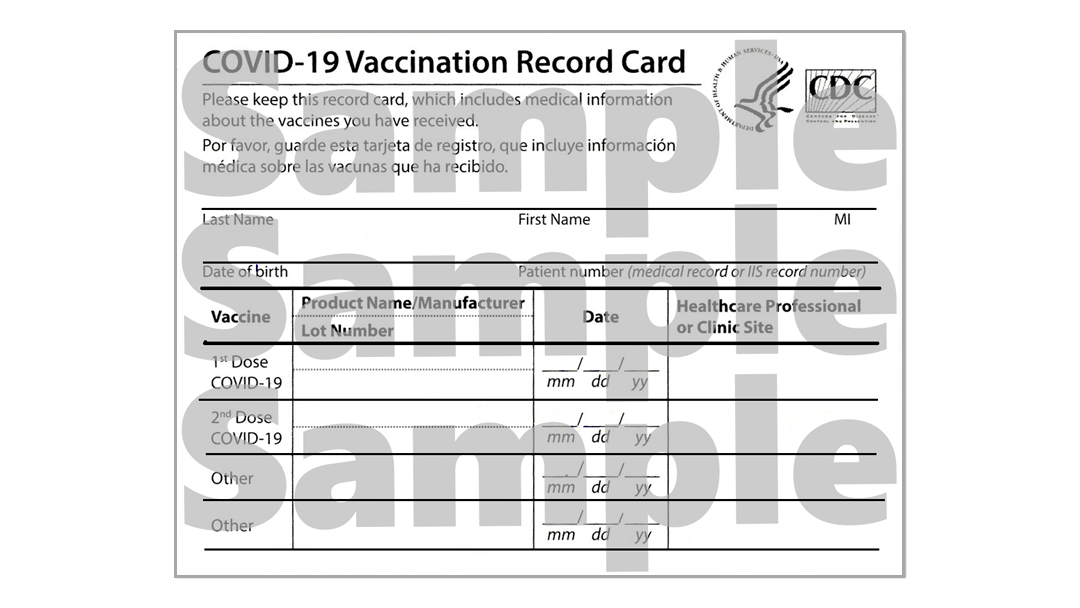
Vaccinations
Many countries require proof of vaccination to enter. Some countries require proof of a negative COVID test before boarding a flight to the country. It might also be necessary to quarantine and take a COVID test after arriving in the country. Sometimes, it might be a combination of the requirements I just described.
Testing Will be Required
To board a flight to the US, a COVID test administered one day before the flight, with a negative result, is required.
You must know the requirements before you book your trip. Make sure that you take the correct type of test and receive the appropriate documentation. An ‘at home’ test does not meet the requirements; the test must be performed in a lab.
The cost of any required testing is your responsibility. I checked with a local provider, and the cost of testing was $150 per person. If you are traveling with a family, that cost can add up quickly.
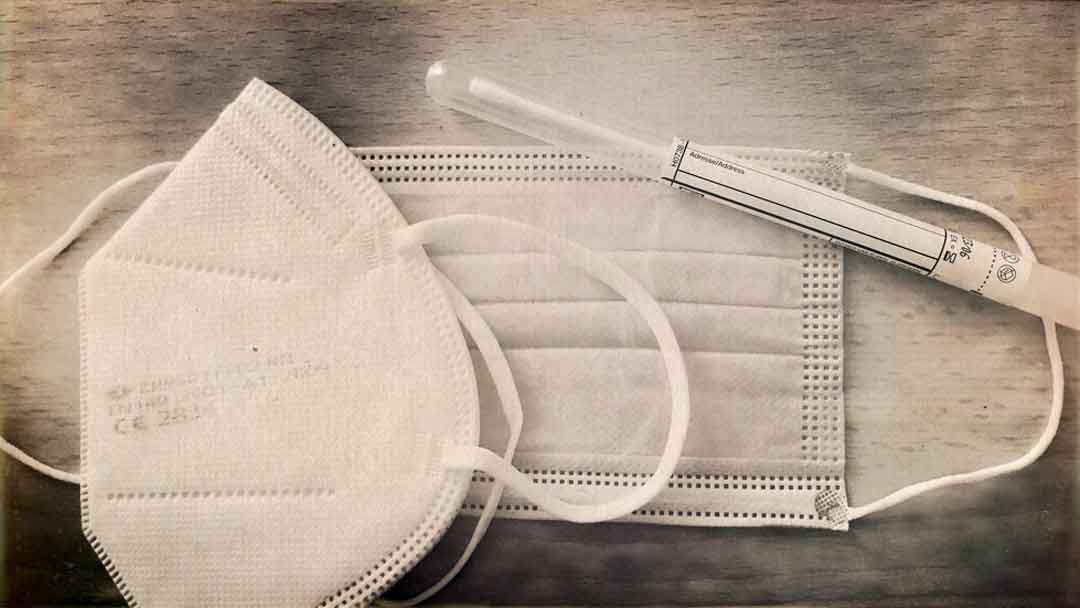
Test Anxiety
Be prepared to feel some anxiety with your COVID testing. You will go through the spectrum of “I’m sure I don’t have COVID,” to “I don’t think I have COVID,” and finally, “I hope I don’t have COVID.”
False positives do happen. If your test comes up positive, take a repeat test. (A different type, and preferably a more specific test.)
The bottom line: Be prepared! If you have a positive test, you will need to quarantine in place. Have a credit card available to pay for a room and meals. Make sure you have extra supplies of necessary medications.
If you have travel insurance, it might provide you with assistance. Call the company as soon as possible.
Forms
Traveling with COVID restrictions may require filling out forms before your arrival. More and more countries are adopting this policy.
Our visit to Chile required filling out a form and receiving a Mobility Pass. The estimated time needed to obtain the pass was thirty days. Ours came back in about ten days.
We completed an electronic locater form before our departure when we traveled to Ireland in October.
In checking the requirements to enter Canada, an arriveCAN form is necessary.
Some of these forms take a bit of effort to complete. If you expect a response, make sure you allow enough time to process the form.
Travel Insurance
When checking the rules to enter a country, find out about insurance requirements. Chile required tourists to provide proof of health insurance coverage for charges associated with COVID-19 during their stay, with a minimum coverage of $30,000.
Remember, your regular health care insurance may not provide coverage when traveling outside the US. You may need to purchase travel insurance.
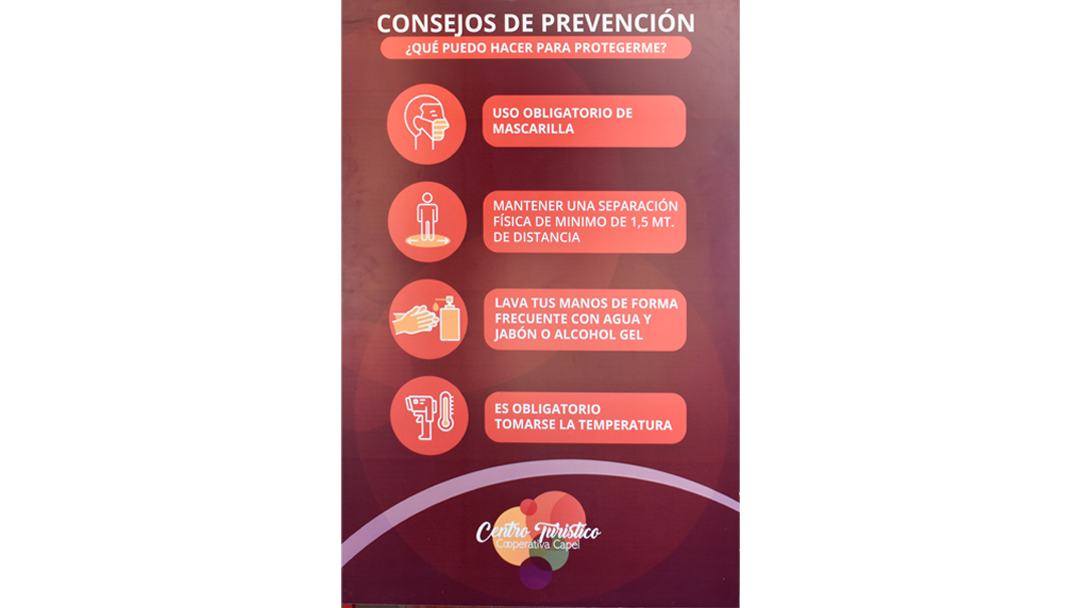
Have Mask Will Travel
During our international travel, the rules on mask-wearing were all over the place.
In October, we traveled to Ireland and the UK. We had to wear masks while on public transportation and in enclosed spaces such as museums or when entering restaurants.
On the cruise in December, we wore masks at all times while visiting ports in Central and South America, even when walking outside by ourselves.
The bottom line is those mask requirements will vary from country to country, city to city, or venue to venue. It will depend on the status of the virus at the time of your visit. The best advice I can offer you is always have a mask. That way, if you need it, you have it.
Keep Abreast of Changing Requirements
You must stay abreast of the regulations while traveling with COVID restrictions. The requirements for travel can, and do, change quickly. If you are traveling to multiple countries or just getting ready for your flight home, you need to recheck the travel requirements well before traveling.
While we were on our cruise, the timing requirements of the COVID testing to enter the US was reduced from three days to one day before the flight. Fortunately, we watched US news channels on our cruise and were aware of the change. Additionally, the cruise line was aware of the changes, so they scheduled our testing accordingly.
When we flew to Ireland in October, no testing was required for those fully vaccinated to enter the country. Currently, a negative COVID test is necessary, even if fully vaccinated.
The easiest way to keep abreast of changes is to visit the website of the country’s tourism board or check with the website of the US Embassy of the country. For example, if traveling to Chile, you can go to the tourist board or the US Embassy of Chile.
As the virus peaks and ebbs, the rules will change. When traveling with COVID restrictions, your best bet is to stay apprised of the requirements to enter the countries to which you are traveling.
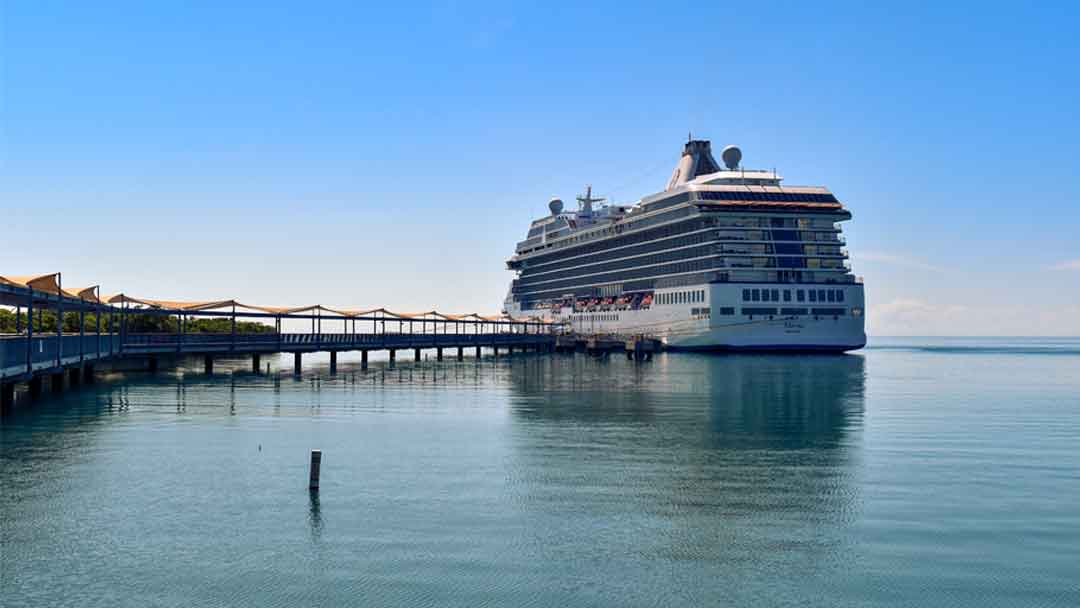
Are Cruises Out of the Question?
Absolutely not!
We took a cruise from Miami, Florida to Santiago, Chile, this past December. All passengers were required to be fully vaccinated. (I think you will find vaccination a requirement for most cruise lines.)
We were assigned a specific time window for check-in to minimize large crowds.
Immediately before boarding, we had to take a COVID test. A negative result was required to proceed with check-in. At this time, I think you’ll find this to be true for most cruise lines.
You may be tested during the cruise as well.
When taking a cruise, you may find the requirements vary drastically from one cruise to the next, even on the same ship. It depends on the current infection status, where you are cruising, and the ship’s captain. For most of the days we were sailing, masks were optional.
I would guess the number of passengers on the ship had a great deal to do with our ability to wear masks at our discretion. There were only 345 passengers on board a vessel that accommodates 1296. We rarely shared an elevator with anyone, stood in a line, and were always socially distanced in public areas. I must note the crew wore masks at all times.
On-Board Testing
All passengers and crew were tested for COVID by the Chilean government upon our arrival in Coquimbo. The rumor we heard was three false positives occurred among the passengers. According to a news story, there was one confirmed positive test among the passengers. From that point on (which was the last two days we were on board), we were required to wear our masks in public areas of the ship.
Honestly, Art and I wore our masks only when required. But we were conscious of social distancing and vigilant about washing or sanitizing our hands.
Currently, the cruise lines cover the cost of required COVID testing, including the tests for flights home. As time goes on, this could change. The cruise lines might not continue to absorb this cost.
It’s your responsibility to know the restrictions and requirements, as well as who is responsible for paying for it. Your travel agent should know this information and inform you before booking your cruise.
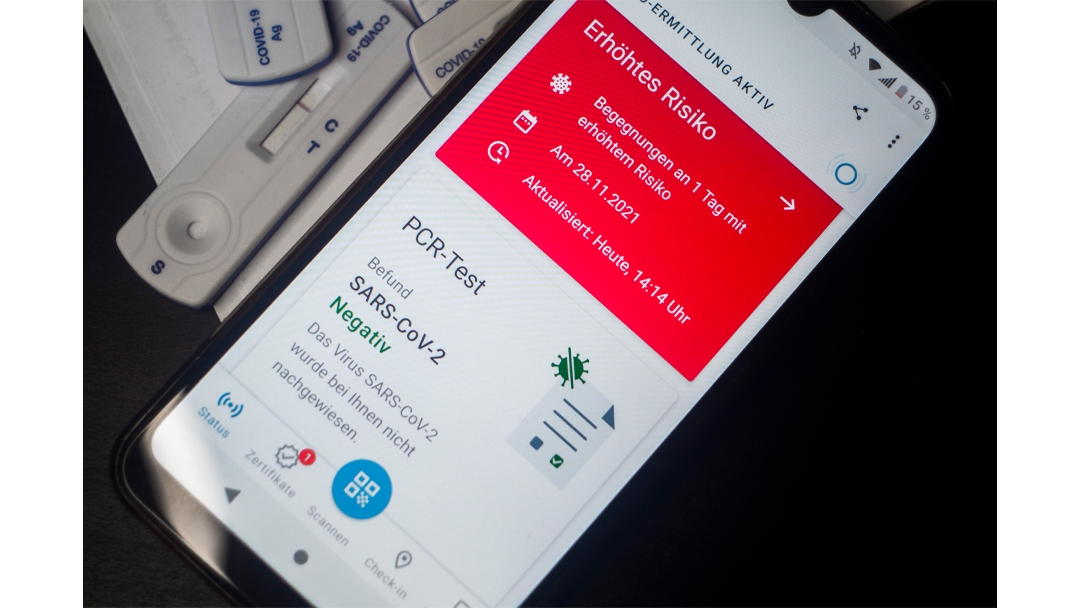
Take Your Smartphone
The one physical tool you should have with you is a smartphone. We were required to get a Mobility Pass for entry into Chile. If requested, the Mobility Pass was to be displayed on our phones.
The results of our tests required for the flight to the US arrived by email. Even though we could not print the results, they were readily accessible on our phones.
Contact your wireless provider to ensure you have international service turned on. Be vigilant about using wi-fi with your phone. We put our phones in airplane mode to ensure we didn’t accidentally use the cellular service. Although we had to use our cell service on occasion, the cost was minimal since we limited our cellular use.
A Dose of Patience Goes Far
You may have noticed a theme in this post: Things can and do change quickly. The two most important tools you can use when traveling with COVID restrictions are patience and flexibility.
Transportation and events are, unfortunately, sometimes canceled. Often they’re canceled at the last minute. As disappointing as it may be, you must be understanding.
Be kind to workers; they don’t make the rules and requirements but are just doing their job. If you feel frustrated, step back; take a deep breath, and calm yourself. Losing your temper won’t do you or anyone else any good.
Traveling with COVID Restrictions is Possible
There is no reason you shouldn’t be traveling if you are physically able. Yes, there will be some additional hoops through which you will have to jump.
Just remember the following:
Domestic Travel
- Bring masks.
- Bring vaccination cards.
International Travel
- Know COVID requirements before booking your trip.
- Vaccinations may be required. (Bring vaccination card.)
- Testing will be required.
- Forms may be required.
- Bring a smartphone.
- Monitor COVID requirements for your next destination.
Patience and flexibility are the keys to a good trip, whether traveling domestically or internationally.
Have you been traveling with COVID restrictions? How was your experience? I’d love to hear from you!
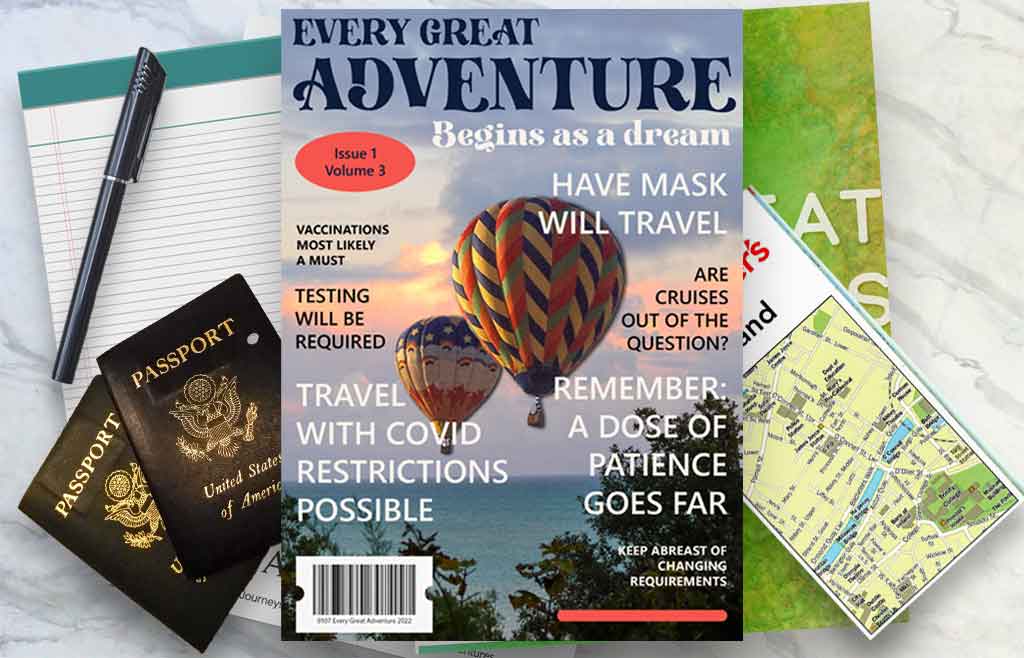

0 Comments